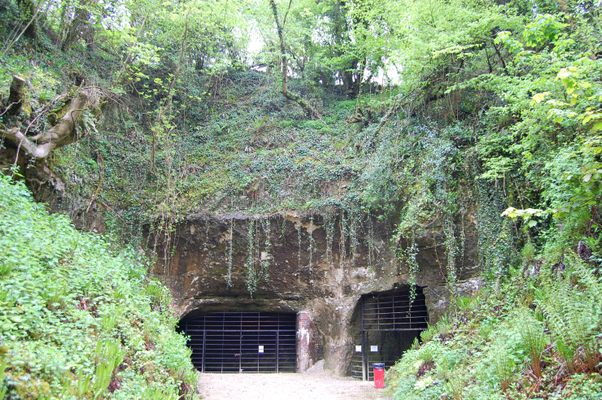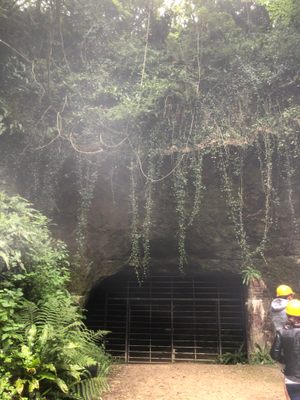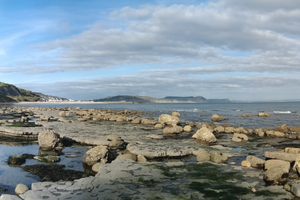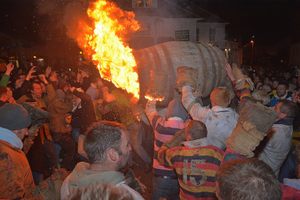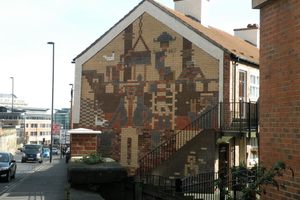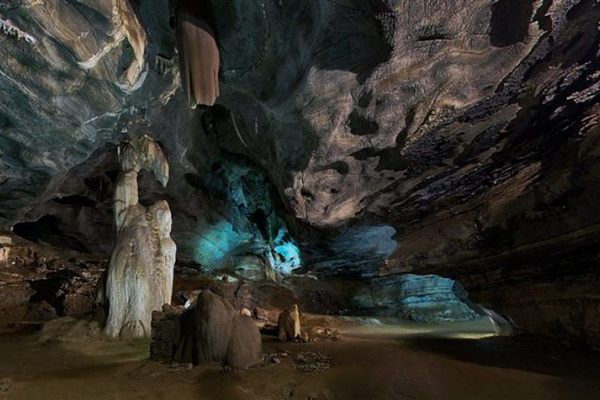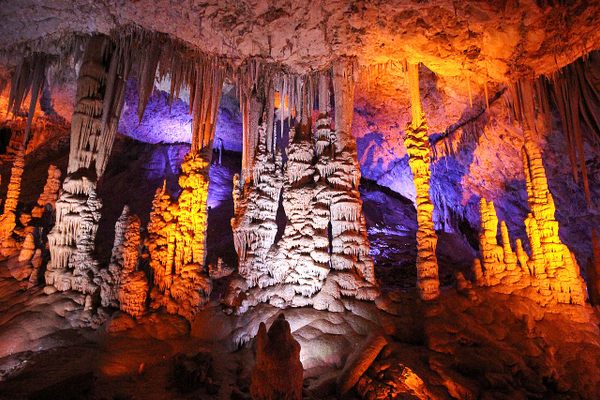About
People have been descending into these caves for thousands of years. The extensive underground network has served as a quarry, a secret place of worship, and a safe hiding place for smuggler's booty.
Because the limestone here is such good quality, local communities have been quarrying from this area for at least 2,000 years, beginning with the Romans. The beer stone is easy to cut out and carve, but hardens and becomes more durable after being exposed to air.
The stone was often carved onsite, due to the hardening, and was then shipped out and used in the construction of notable buildings like Windsor Castle, London Bridge, and Westminster Abbey. The stone is world-renowned for its color and texture, and was sent as far as Missouri to be used in building Christ Church Cathedral in St. Louis.
The caves have done more than supply thousands of years’ worth of beer stone. After the Protestant Reformation and the subsequent persecution of Catholics, local Catholics took to holding secret masses within their darkened depths. And in the early 19th century, smugglers, including the notorious Jack Rattenbury, used the extensive ancient cave system to bring in contraband from ships offshore.
Quarrying at these caves stopped in the early 20th century, after a new site was opened. It's now a Site of Special Scientific Interest, thanks to the bats that call the caverns home. The Greater Horseshoe bat, Lesser Horseshoe bat, Daubenton's bat, Natterer's bat, Whiskered bat, and the rare Bechstein's bat all hibernate within the caves.
Related Tags
Know Before You Go
You can take an hour-long tour of some of the caves from late March through October. These tours are held daily at various hours (see the website for the most up-to-date schedule). The cave also holds special tours and events, like an evening tour by candlelight (this particular tour must be booked in advanced by emailing candletour@beerquarrycaves.co.uk). There’s free parking at the site.
Note: it can get rather chilly in the caves, even on warm days, so be sure to dress appropriately. Wear sensible shoes for walking within the caves. The path to the caves is not suitable for strollers or wheelchairs, and dogs are not allowed inside the caves.
Published
August 9, 2018


